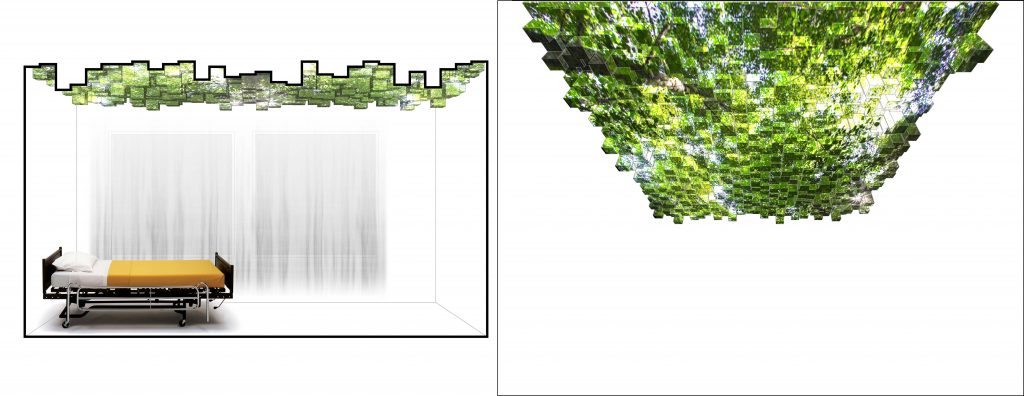seniorROBO: Architectronics Serving Seniors
This studio is situated at intersection of the cybernetics and architecture. The innovative and performative aspects of architectural design together with basics of robotics and mechatronics are to be examined first as part of the design research phase, with the review of the relevant precedents and design problems to follow. The ambition of both design problem sets (PS) is an attempt to integrate application of robotics, kinetics and mechatronics to architectural design.
Studio
The impact of the IT revolution on design practice and its education is massive due to the widespread use of computer aided design in problem modeling and simulation, numerically controlled design fabrication, algorithmic design and now the emergence of the responsive, performative architecture informed by mechatronics and robotics. ROBOstudio reflects the importance of those trends in contemporary design.
Today design can be seen as verb, or action by a system that causes change to its environment, or that can modify itself via information feedback. Clearly architecture need not be static, as it can adapt to the new conditions and the performative feedback loop relationship is its essential aspect.
ROBO studio is a multidisciplinary studio offered simultaneously with a mechatronics engineering course. The goal is to bring together students of architecture and engineering to explore the possible application of robotics, mechatronics and kinetic structures in architectural projects.
The students will research case studies of applications and advanced technologies in the initial part of the course to be followed by the developing and conducting design experiments. The key question asked is: How can architecture benefit from using movable elements controlled by sensors? The project work can range from problem-solving to highly speculative in nature, and can emphasize any combination of digital as well as physical aspects.
ARCHITECtronic PROJECTS
There are many applications for mechatronics in extended care facilities for clients who have difficulty completing daily tasks themselves. Mechatronic applications to these facilities can give these clients a degree of autonomy that might not otherwise be possible, and improve the quality of life of both the clients and the caregivers to be able to perform tasks themselves without relying on staff members to assist them for many of their regular tasks in their homes.
In addition, one of the critical areas of extended care revolves around control of patient exiting and personal monitoring. Elopements (or escape) of patients who are suffering from dementia is a constant worry and needs tight control, while staff and visitors need to be able to move freely. In an extended care facility, automating tasks such as may increase quality of life significantly for both the client and the caregivers. There are many examples of such improvements for physical space, security and mobility:
- Adjusting physical spaces and heights for different wheelchair heights and configurations.
- Adjusting for the environment, such as opening blinds or windows
- Moving from room to room and adjusting for privacy by opening and closing doors
- Bookshelf and storage access for users with limited mobility.
- Different levels of sensored alarms (e.g. alarms in wheelchairs and beds to alert caregivers of moving patent, wireless wheelchair identification to track motion throughout a facility, etc).
This studio addresses applications of mechatronics in extended health facilities. The studio will start with a research component – researching relevant precedents and case studies in the fields of architecture and mechatronics. The next phase will be an introductory project which speculates on design applications to a specific aspect of the facility. The third phase will be a more detailed project which demonstrates through a working model how such a problem might be solved and what the control system/mechatronic system might work. Work will be done in teams with architects and engineers working together. Students will be allowed to chose what aspect of the facility they address and final products will be in the form of presentations and working model.

